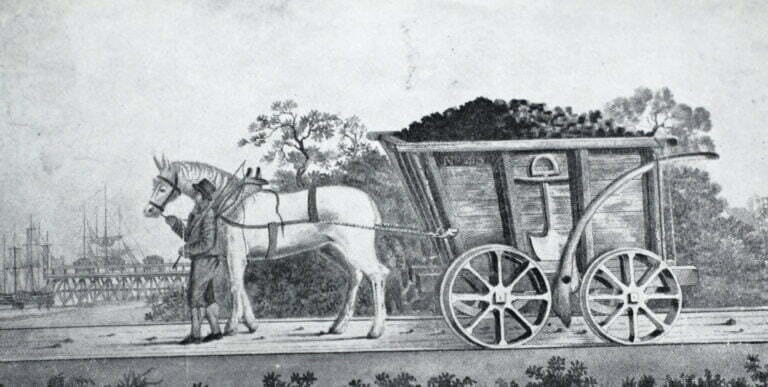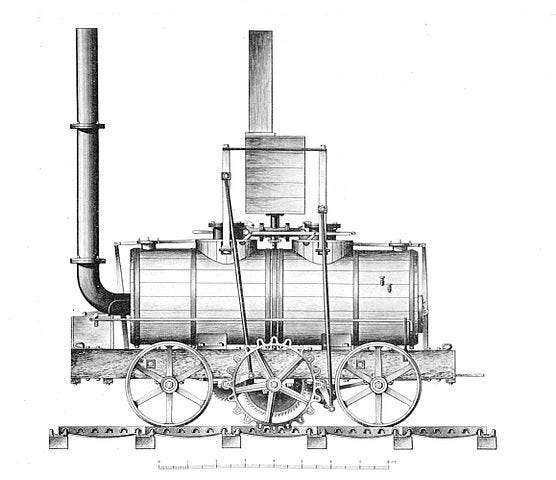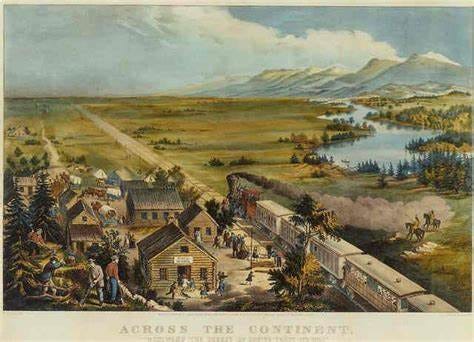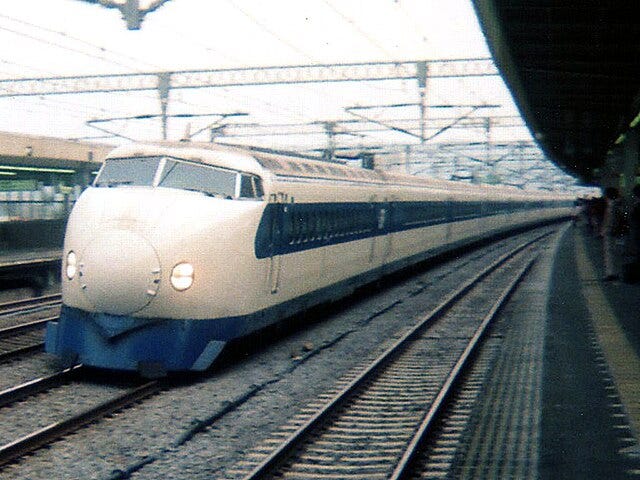Many today use forms of transportation without understanding nor knowing how these marvels of technology came to be so common. One such method we will be expanding on today is rail transportation. Trains are used each day to transport goods, materials, and people to their destinations. But how did we come to replace the main animal of transport (the horse) with these iron bemouths? In this article we shall go over a short history of travel with rails.
Before we enter the modern travel, we must look to the original forms of rail transportation. Beginning as far back as 3,800 B.C.E humans have been using what is known as wagon ways or causeways, these were made so wheeled vehicles pulled by men or animals ran in grooves formed within stone, preventing the wagons from leaving the intended route. This system which helped improve travel time has been observed to be present in the ancient ruins of Greece, Babylon, and Britian. In the 16th century German wagon ways replaced stone for wooden made rails. By the late 18th century iron wagon rails and wheels (also known as tramways) began to replace the wooden rails and wheels across Europe. All of these rails still being horse powered, meant that these could still only go a certain distance.
The next innovation in rail travel came about in the early 19th century was that of the steam powered locomotive. The first full scale working railway locomotive was built in the United Kingdom in 1804 by Richard Trevithick, a British engineer. The first commercially successful steam locomotive was Matthew Murray’s rack locomotive The Salamanca, built for the Middleton Railway in Leeds in 1812. These locomotives used combustible material (wood, coal, oil) to produce steam, this high-pressure steam would in turn drive the engine by one power stroke. While mostly developed with simple rail lines, these proved that society would no longer need to be restricted by animal labor.
This ushered in what is known as the Industial Revolution, countries around the world began developing their own locomotives throughout the 1830s, 1840s, and 1850s. Many modeled their line and purchased designs from England. America’s first steam powered railroad was established in 1829. Railways across the United States took off, leading to the creation of a transcontinental railway which brought the western states and territories into alignment with the northern Union states. The transportation of passengers and goods coast-to-coast became considerably quicker, safer and less expensive. Throughout the rest of the century people would follow railway production and create “boom towns” around train stations. The belief being if a railway was present and trains moved there frequently the land was valuable.
It comes as no surprise that even as steam trains became popular, that other inventors were looking for innovations to maximizes railroad efficiency. The first known electric locomotive was built in 1837 by chemist Robert Davidson of Aberdeen in Scotland, and it was powered by galvanic cells (batteries). Thus, it was also the earliest battery electric locomotive. Davidson later built a larger locomotive named Galvani, exhibited at the Royal Scottish Society of Arts Exhibition in 1841. In 1906, Rudolf Diesel, Adolf Klose and the steam and diesel engine manufacturer Gebrüder Sulzer founded Diesel-Sulzer-Klose GmbH to manufacture diesel-powered locomotives. The first diesel-powered locomotive was operated in the summer of 1912 on the Winterthur–Romanshorn railway in Switzerland. In the opening decades of the 20th century, many nations transitioned from coal to diesel gas powered train due to better efficiency, cheaper costs, and easier Maintenace.
As the World War 2 ended, the common course of travel had changed. The creation of the American suburb made the use of cars for daily transportation customary. Even cross-country and international travel became more approachable as airlines offered more destinations at affordable prices. Even with these changes a new type of electrified rail began to flourish, in 1964 the Tōkaidō Shinkansen the first high-speed rail from Tokyo to Osaka began traveling at speeds above 300 km/h (186.4 mph). These rails being used in major cities around the world have resulted a decline in short haul flights and in automative travel. Many environmentalists believe that this change to electric high-speed rails will be a fundamental part of mass green energy transit. We will see in the coming years if more of these high-speed trains will become the standard for those even in less densely populated areas. It is clear though that whatever the future holds trains will be present in some way.








